WALES
History
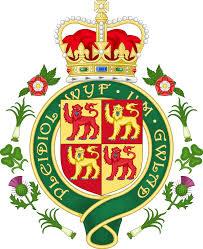
History
Cities in WALES
| Cardiff |
Popular destinations UNITED KINGDOM
| England | Northern ireland | Scotland |
| Wales |
History
Prehistory and Antiquity
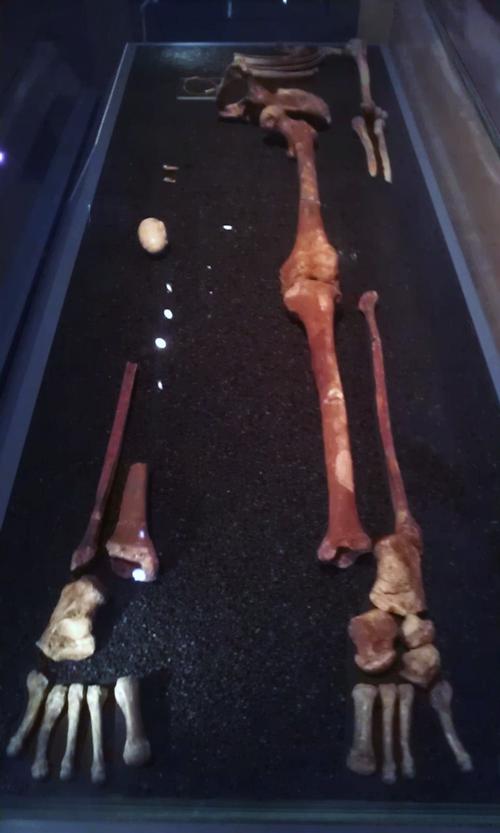 Red Lady of Paviland, WalesPhoto: Ethan Doyle White at Engish Wijipedia CC 3.0 no changes made
Red Lady of Paviland, WalesPhoto: Ethan Doyle White at Engish Wijipedia CC 3.0 no changes made
Today's Welsh territory was inhabited as early as 250,000 years ago, probably by Neanderthals. The following ice ages left these people again, but in the warmer intermediate ages, small groups of hunters, fishermen and collectors lived again and again.
The oldest traces of human habitation date from about 28,000 years ago (the grave of the "Red lady of Paviland"). From 10,000 years BC. Wales was permanently inhabited and c. 4000 BC, the Stone Age, tribes from Central Europe migrated to Britain. Soon after, the first farmers arrived and defensible villages were built. The dead were buried in so-called "cromlechs", communal graves.
Approx. 2500 BC, in the Bronze Age, the dead were individually buried in burial mounds ("cairns") and large stone formations, "stone circles" were erected, and ritual gatherings took place. In the Iron Age, wars were already evident, witness the many remains of hill fortifications.
Celts and Romans
The end of the Bronze Age was marked by the arrival of the Celts. Around 500 BC. the Celts began their advance from Central Europe and conquered large parts of Europe, including Cornwall, Ireland and Wales. The tribal Celts were well organized and are considered the founders of the Welsh language and culture.
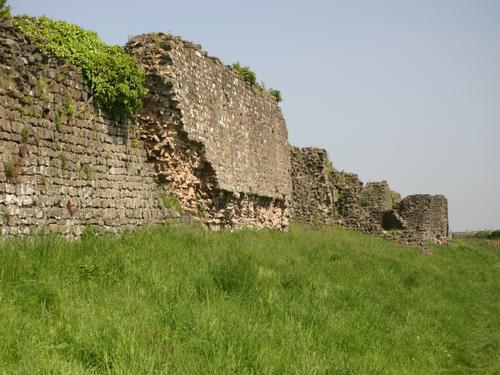 Roman town wall of Venta Silurum (Caerwent, Wales)Photo: MortimerCat CC 3.0 Unported no changes made
Roman town wall of Venta Silurum (Caerwent, Wales)Photo: MortimerCat CC 3.0 Unported no changes made
In 43 AD. The Roman legions began to conquer Britain, but met with fierce opposition in Wales. Only in 78 was Wales fully placed under Roman authority by Agricola. In the 4th century, Britain again fell outside the Roman sphere of influence. The Roman general Magnus Maximus withdrew his troops in 383 and tried to become emperor himself.
However, Emperor Theodosius managed to defeat him, leaving the British island undefended and falling prey to Irish troops. In 410, the Romans left Britain for good.
Middle Ages
After the Romans left, Christianity from Ireland spread across Wales and the first kingdoms, the "Kingdoms of the Cimry", arose. At this time, the Welsh tribes were threatened by the Angels, Saxons and Jutes, Germanic tribes from northwest Germany and Denmark, who had previously settled in England.
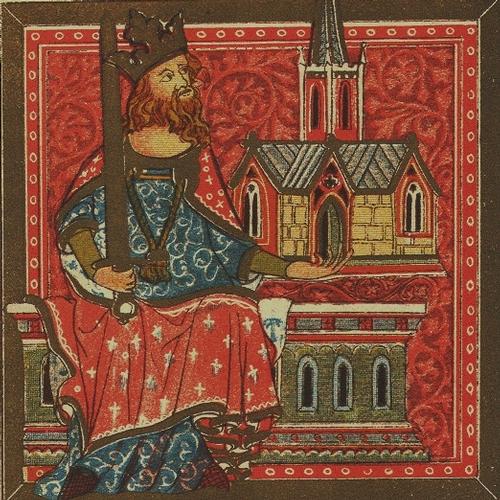 King Offa of Mercia, WalesPhoto: Public domain
King Offa of Mercia, WalesPhoto: Public domain
As a result of this threatening situation, several small Celtic principalities merged into larger units dominated by such powerful dynasties as Gwynedd, Powys, Deuheubarth (Dyfed), Morgannwg (Glamorgan) and Gwent. In the 8th century, the Saxon King Offa of Mercia (757-796) had the Offa 's Dyke named after him constructed, a defense wall running from north to south that would form a dividing line between Wales and Mercia.
The people behind this border called themselves "y cymry" (countrymen), and they themselves called their country Cymry. However, the Saxons called them "wealas" (foreigners), where the name Wales comes from.
Under Rhodri Mawr (844-878) and his grandson Hywel Ddawerd (910-950) almost all of Wales was united, but after the death of the latter, the Welsh empire disintegrated. In 1057 the Gruffydd ap Llewelyn managed to unite all of Wales again, but in 1064 he was defeated by the English and Wales again fell into small kingdoms.
Normans and Llewellyn's
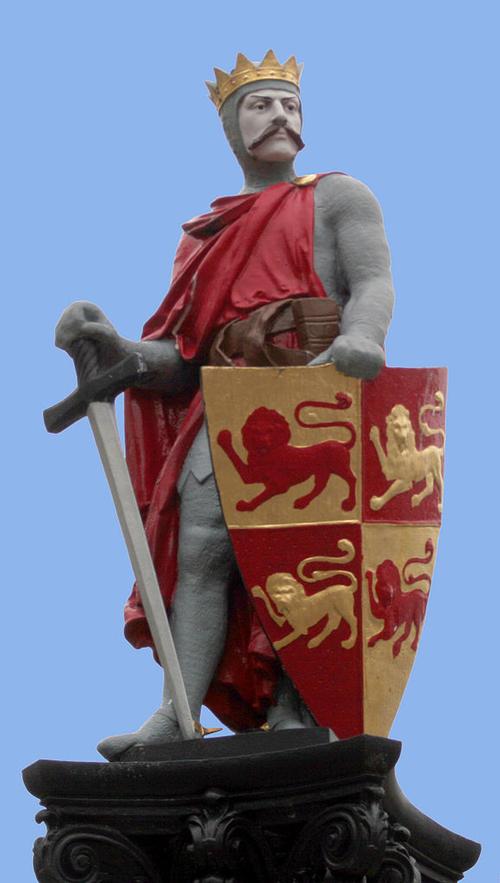 Statue Kunj Llewelyn the Great WalesPhoto: Public domain
Statue Kunj Llewelyn the Great WalesPhoto: Public domain
In 1066, at the Battle of Hastings, Norman Duke William defeated English King Harald. Under William the Conqueror, Wales was then divided among the Norman nobility, but still had to be conquered. Norman attacks on Wales began until the end of the 11th century, followed by Welsh counter-attacks. In the early 12th century, the battle ended and the final boundaries were established. The eastern border regions and the southern hills were in possession of Norman tombs and knights. The Welsh princes dominated the west and the mountainous regions to the north.
In the 13th century, Wales was largely reunited under the Gwynedd dynasty. From 1218, the portion of Wales not owned by the Normans was controlled by Llewelyn I ap Iorwerth (Llewelyn the Great).
After his death the empire fell apart for a while but was reunited under grandson Llewelyn II ap Gruffyd. He even managed to expand the empire to the south, and in 1267 Llewelyn II was officially recognized as "Prince of Wales" by Henry II. However, this soon turned out to be a wax nose, because in July 1277 King Edward I entered Wales with a large army and eventually the "Prince of Wales" died in Builth in 1282. In 1284, the principality was annexed by the English (Rhuddlan Statute) and the rest of Wales fell to the Normans. This would also mark the end of Wales' independence.
A hard time followed for the Welshmen and they were humiliated to the bone when Edward I conferred the title "Prince of Wales" on his son in 1301. In 1349, the plague killed 40% of the Welsh population.
Wales reunites with England
In 1400 a rebellion followed which was initially very successful. Under the leadership of Owain Glyndwr and with massive popular support, the uprising expanded and a series of victories were won. Henry IV, however, hit back hard and eventually Wales didn't get along. In the second half of the 15th century, the so-called Rose War raged between the House of Lancaster and the House of York, both of whom claimed the throne.
The Welsh nobility moved to either side, but eventually a third party emerged victorious in 1485, the House of Tudor in the person of Henry VII. Through these Tudors the Anglicanization of Wales was continued and in 1536 Wales was added to England by the "Acts of the Union" and divided into 13 counties or "shires". Wales also received 27 deputies in the House of Commons, but in 1542 English became the official language. There was little resistance from the Welsh nobility because all these events did not turn out badly for them.
Scottish King James I Stuart was also crowned King of England in 1603. However, James was in constant quarrel with parliament and even inactivated this institute for several years. Furthermore, the ecclesiastical struggle between the Puritans and the Presbyterians also took place during this time. In the end, a real civil war followed from 1642-1649, after an open conflict between king and parliament. In this battle, the king was driven out and the parliament under Oliver Cromwell organized his own army.
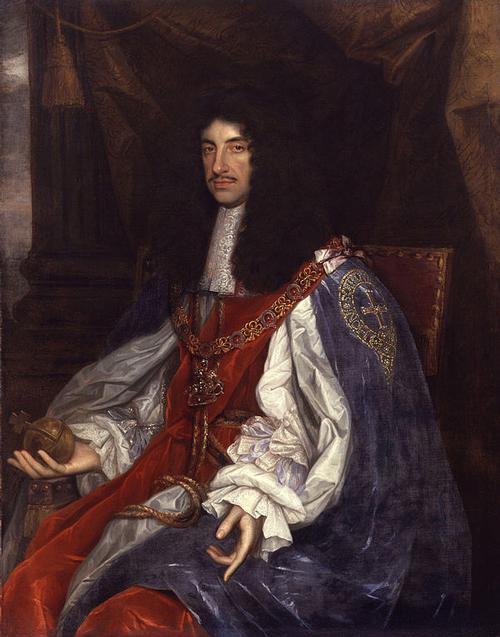 Charles II of England, WalesPhoto: Public domain
Charles II of England, WalesPhoto: Public domain
Wales rallied behind the king, but Cromwell won the battle against the Parliamentarians and the king was beheaded. After a punitive regime with dictatorial traits, Cromwell died in 1658 and Wales was very relieved.
Supported by parliament, the Stuarts, in the person of Charles II, returned to the throne in 1660. Charles had many clashes with parliament and it was during this period that two major parties emerged in the House of Commons, the Conservative Tories and the Liberal Whigs.
In Wales, meanwhile, Puritanism had firmly taken root, a strict variant within the Anglican church. Puritans had a large following, especially in the countryside. In 1662, Charles proclaimed the "Act of Unity" which strengthened the position of the Anglican Church and forced other religious groups to continue underground. In 1689, James II declared the "Toleration Act", which again guaranteed religious freedom. A revival of methodism followed in the mid-18th century; eventually the methodists separated from the Anglican Church in 1811.
In 1759, the industrialization of Wales began with the opening of iron foundries in North East and South Wales. Other profitable industrial activities included the copper processing industry and slate mines in North West Wales. From 1830, the coal industry also became very important. And many workers from all over Britain came to Wales.
An economic depression had already erupted in 1829, as a result of which many workers were fired and substantial pay cuts were made. Disagreements between workers and employers led to the most violent workers' uprising in Britain in 1831, the Merthyr Tydfil Rising. The uprising lasted a week and 24 workers and 16 soldiers were killed.
Chartism started in the early 19th century, a movement that relied on the "People's Charter" from 1838, which required universal suffrage, among other things. This aim was also met with strong opposition from government circles, which in turn led to more acts of violence. In 1839, a demonstration in South Wales got out of hand and 24 strikers were killed by the police.
Between 1780 and 1850, the population of Wales doubled to 1.2 million. Many immigrants arrived from England in particular, who inflicted a blow on Welsh culture; Welsh was banned from education, among other things, so that around 1920 only about 31% of the population spoke Welsh. This brought nationalism to the fore with Cymru Fydd (Young Wales) as its main party. They conducted an intensive campaign for "Home Rule", autonomy for Wales. The ongoing church struggle ended in 1914 when the Anglican Church in Wales lost its privileged position (Act for the disestablishment of the Church in Wales, executed in 1920). In 1916 Wales got its first Welsh prime minister: David Lloyd George.
Second industrial revolution
Economically, major differences had arisen between the different parts of Wales. South Wales grew economically, North and Mid Wales lagged far behind. The coal industry in particular turned Cardiff into the world's coal port. In the second half of the 19th century, two major forces emerged in British politics: the unions and the Labor Party. The South Wales Miners' Association would become one of the most powerful unions in Britain, not only negotiating with employers but also controlling the lives of the workers themselves. Under the influence of the union, the living conditions of the workers improved considerably and the Labor Party gained more and more support among the workers.
In the early 20th century, much unrest arose in various places in Wales. A rebellion against a new, unfavorable wage system in the slate industry caused thousands of workers to leave. Furthermore, the coal industry was increasingly mechanized and thousands of miners were fired. As a result, long-term strikes broke out. After the First World War, the demand for coal fell sharply and within a year production had fallen by half. Add to that the effects of the impending global depression and it will come as no surprise that thousands of workers once again left the valleys to look elsewhere.
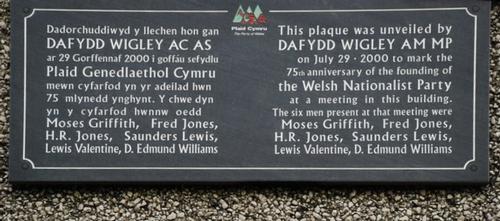 Plaque 75th anniversary of Plaid Cymru, WalesPhoto: Alan Fryer CC2.0 Generic no changes made
Plaque 75th anniversary of Plaid Cymru, WalesPhoto: Alan Fryer CC2.0 Generic no changes made
In 1925, the Plaid Cymru (Welsh Party) was founded, which strives for full independence, preservation of the Welsh language and culture, and membership of the United Nations.
Wales after World War II
After World War II, much changed in Wales. The remaining coal industry modernized rapidly, and new industries were recruited to pull out the stalled industry.
Politically, the idea of autonomy revived, although that idea was not supported by the Labor Party. Cardiff was appointed capital of Wales in 1955 and ten years later a sort of coordinating minister for Wales was appointed (Secretary of State for Wales). In 1966, the first representative of the Nationalist Party of Wales, Plaid Cymru, was elected to parliament (Gwynfor Evans); in addition, Wales officially became bilingual in 1967.
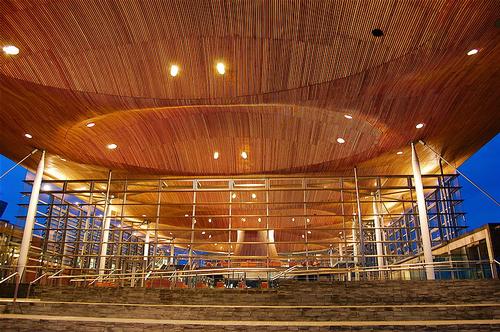 Welsh Assemblee BuildingPhoto: ENil CC 2.0 Unported no changes made
Welsh Assemblee BuildingPhoto: ENil CC 2.0 Unported no changes made
In 1968 the possibilities for "devolution" or decentralization were explored, but instead of self-government, an administrative reorganization followed in 1974, in which the thirteen old counties were reclassified into eight new ones. In 1976, the "Scotland and Wales Bill" was presented in which an own parliament was granted, but without any legislative power. This was the reason for 80% of the population to vote in a referendum against this empty proposal. In 1979, a referendum on secession was held, but an overwhelming majority voted against.
Plaid Cymru now emphasized protecting and expanding the Welsh culture. After difficult negotiations with the Thatcher government, the first Welsh-language television channel, Sianel Pedwar Cymru, was launched on November 2, 1982. As a result of a miners' strike in 1984, the English trade union movement was inflicted a painful defeat; all kinds of legal provisions restrict the functioning of the unions considerably. In 1988, the last coal mine in the Valleys closed, the Tower Coliery in Aberdale. Of the once powerful coal industry, only a few small private mines are in operation.
In 1997, the Welshmen voted by a narrow majority of 50.3% for their own Welsh Assembly in the capital, Cardiff.
See also the History of England on TheWorldOfInfo.
Sources
Beeftink, A. / Zuid-Engeland en Wales
Van Reemst
Berkien, G. / Wales
Kosmos-Z&K
Berkien, G. / Wales
Kosmos-Z&K
Danse, W. / Midden-Engeland en Wales
ANWB
Fröhlich, D. / Wales
Deltas
Hendriksen, B. / Wales
Van Reemst
Hestler, A. / Wales
Marshall Cavendish
King, J. / Wales
Lonely Planet
Westphal, U. / Wales
Van Reemst
CIA - World Factbook
BBC - Country Profiles
Last updated November 2025Copyright: Team The World of Info